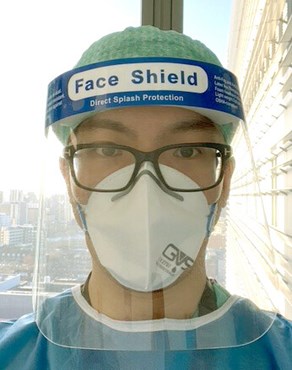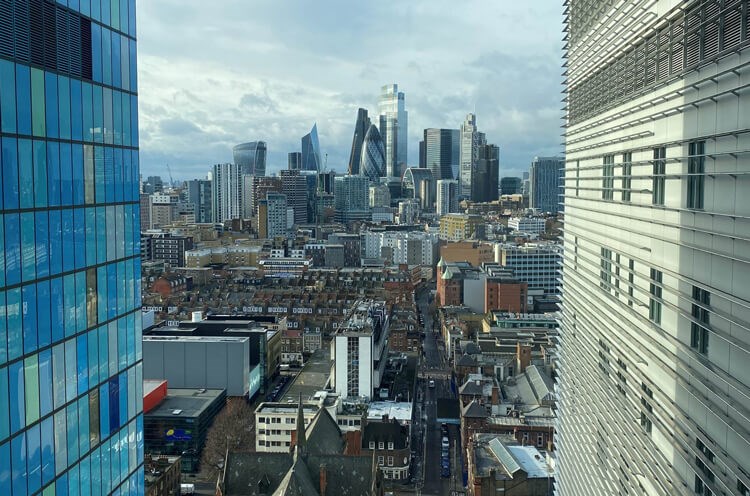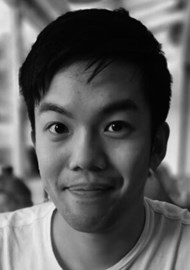
On the 14th and 15th floor of The Royal London Hospital lay rows of patients infected with COVID-19 battling for their lives at The Queen Elizabeth unit. In response to the pandemic, the hospital rapidly expanded their critical care facility to battle the winter surge of critically ill patients. Now at the peak of the second wave, The Royal London Hospital of Barts Health NHS Trust is playing a vital role in London’s response to this ravaging pandemic.
With a shortage of nurses at the new critical care unit, a call for doctors to volunteer and help fill these gaps was sent across Barts Health, one of the largest NHS trusts in England. The call was answered.
Paediatricians, radiologists, surgeons, obstetricians and gynaecologists were amongst the vast array of medical specialties leaving their comfort zone after training for years in their chosen medical field to volunteer and help where they are most needed. Some had recent exposure to critical care during their training whereas others may have only experienced critical care at medical school many years ago. Most would have never worked as a nurse or healthcare assistant before.

The author during his critical care shift.
As a urology registrar working at Whipps Cross University Hospital, part of Barts Health NHS Trust, I was one of the medical volunteers at The Queen Elizabeth unit. I was assigned a patient to look after and had a supervising intensive care nurse. I helped run blood gases, wash and position my patient, record observations, restock the equipment trolley and administer medications. I feel like I made a real difference to the patient’s care. Although stretched and rushed off her feet, my supervising nurse remained calm despite my novice skills in critical care. She gave me manageable tasks to do and taught me about ventilator settings and observations to record. Her relentless energy and hard work were truly inspiring.

The view from The Queen Elizabeth unit at The Royal London Hospital.
Doctors were not the only volunteers. Dentists were on hand to provide dental and oral hygiene to these patients who were unable to care for themselves. Medical students had a role in setting up video calls for relatives at home to see and speak to the patients. Families were thrilled to be able to see their loved one, yet sad to see them fighting for their life.
Despite all these amazing efforts, we are unable to save everyone from this dreadful disease. The patient a few beds down from mine was deteriorating despite being intubated and ventilated. Prayers were played during the patient’s last moments of life to respect his religious beliefs. At the other end of the ward the family of a ventilated patient were talking to him by video call. I heard a young boy say “I love you grandad” with the patient being unable to reply. The image of his grandfather sedated, intubated and ventilated may be his last memory of him.
This experience has been a real eye opener for me. I have seen the medical profession come together with strong leadership. I have been involved in aspects of medical care that are often overlooked but are fundamental to a patient’s recovery. Meeting new colleagues and learning new things to ensure patients get the best possible care are the joys of medicine.
I am in awe of the effort of all my colleagues across the country who have shown enormous resilience despite the physical and mental turmoil of the pandemic. One thing I have learnt during these extraordinary times is that we are amazing people in a magnificent profession. We have risen to unimaginable heights and we will conquer this challenge. When this is over, we will be able to hold our heads up high knowing that the NHS was the shining light during the country’s darkest times.




